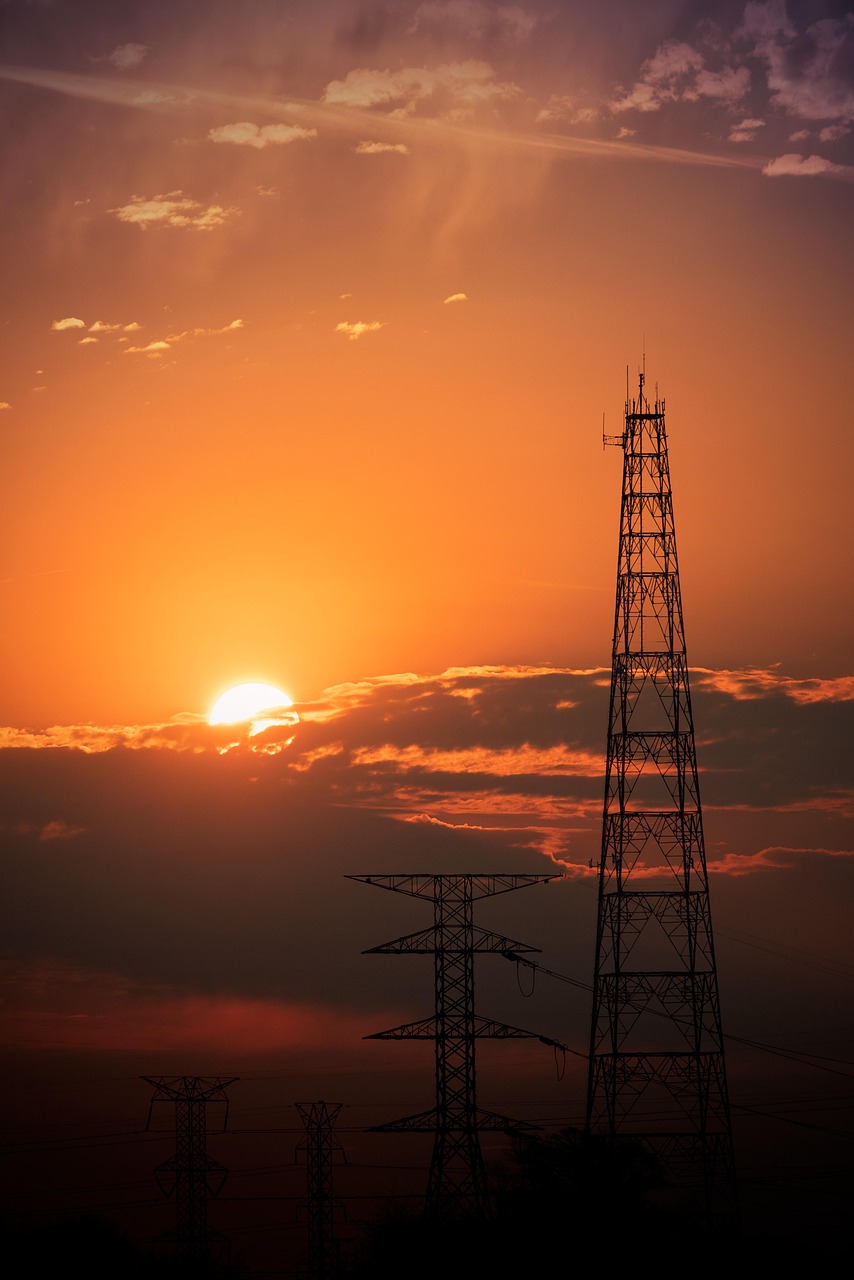Optimizing the Power of Telecommunication Towers: A Step Towards Enhanced Connectivity
The telecommunication industry has been a key player in connecting the world. The advent of telecommunication towers, more commonly known as cell towers, can be traced back to the 1940s. Initially, they were introduced to facilitate television and radio broadcasting. However, with advancements in technology and the introduction of mobile phones in the 1980s, these towers took on a whole new role. They became pivotal in providing cellular network and internet connectivity, playing a significant role in the telecom industry's evolution.

The Current Landscape of Telecommunication Towers
Fast forward to the present, telecommunication towers are now ubiquitous, dotting the landscape in urban and suburban areas. These towers are the backbone of our digital world, facilitating everything from voice calls to data transmission. As the demand for high-speed internet and uninterrupted connectivity continues to rise, the role of these towers is becoming more crucial than ever. They are also at the forefront of facilitating the transition to advanced technologies such as machine-to-machine communication and autonomous vehicles.
The Impact of Telecommunication Towers: A Deeper Dive
Telecommunication towers have made significant contributions to our society. They have not only bridged the communication gap but have also played a crucial role in the economic development of many regions. Businesses, educational institutions, healthcare facilities, and even governments rely heavily on the connectivity provided by these towers. However, they also pose certain challenges. From environmental concerns to health risks associated with radiation, these towers have been a subject of debate and scrutiny.
Practical Applications and Future Implications
In the face of these challenges, the telecom industry is continually working on innovative solutions. One such solution is the deployment of small cells. These are low-powered cellular radio access nodes that have a range of 10 meters to a few kilometers. They are more environmentally friendly and can be easily installed on existing structures such as buildings and lamp posts. Furthermore, the industry is also exploring the use of drones and balloons to provide temporary network coverage in disaster-stricken areas where the towers have been damaged.
Concluding Thoughts
As we continue to rely more on digital technologies, the role of telecommunication towers in our lives is bound to increase. With the industry’s continuous efforts to make these towers more efficient, adaptable, and environmentally friendly, we can expect to see a shift in how these structures shape our connectivity landscape. It’s a dynamic and exciting time to be part of this journey, as we witness the transformation of the telecom industry.





